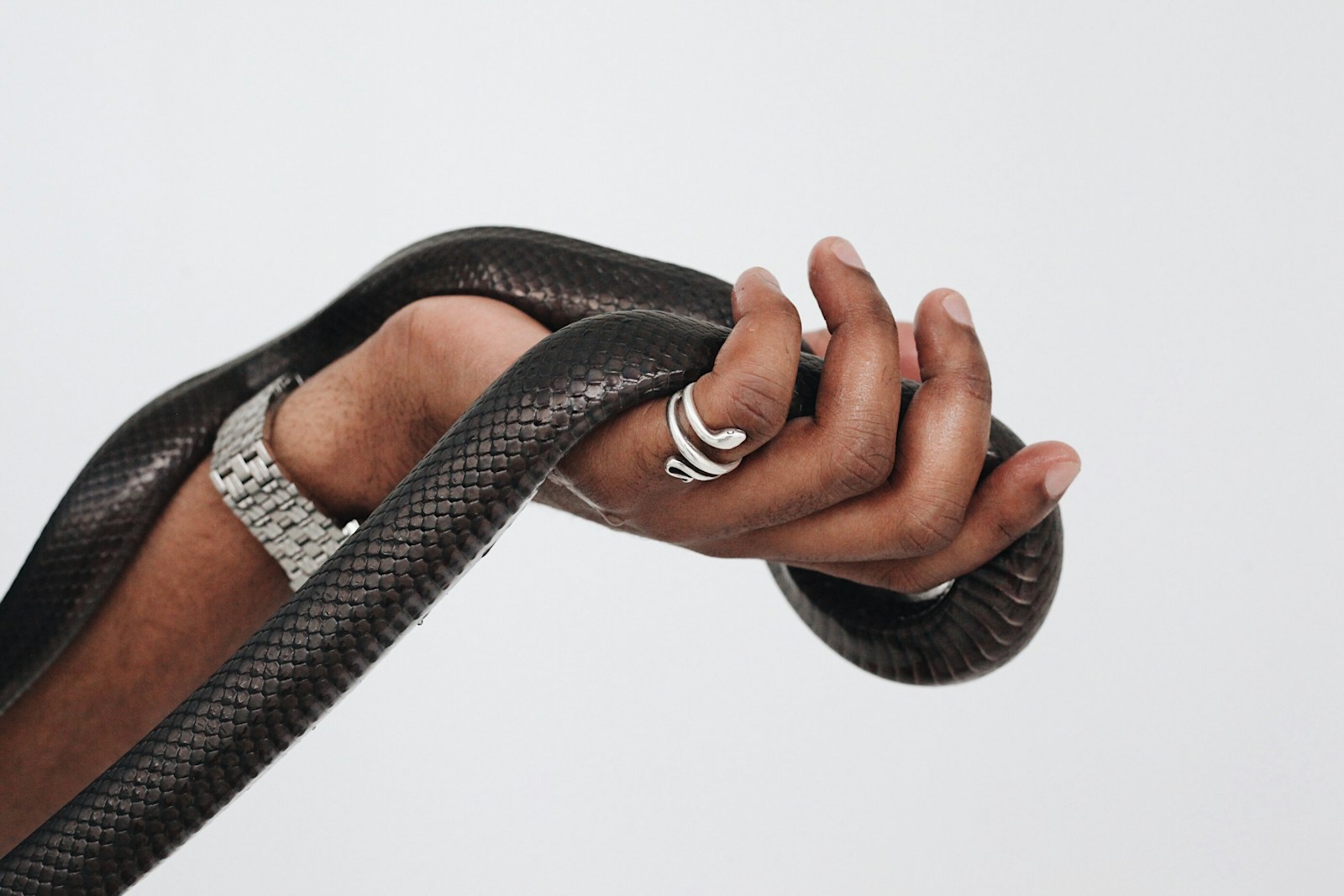The world of pet reptiles offers fascinating companions beyond the traditional furry friends many households embrace. Among these, non-venomous snakes have slithered their way into the hearts of countless enthusiasts, offering unique personalities, relatively straightforward care requirements, and the mesmerizing beauty that only scales can provide. Whether you’re a seasoned herpetologist or simply curious about these remarkable creatures, understanding the most popular species can help potential owners make informed decisions about which serpentine companion might best suit their lifestyle. The appeal of these creatures lies not only in their distinctive appearances but also in the special bond that forms between snake and keeper—a relationship built on respect, proper care, and appreciation for these remarkable animals.
Ball Pythons: The Gentle Giants
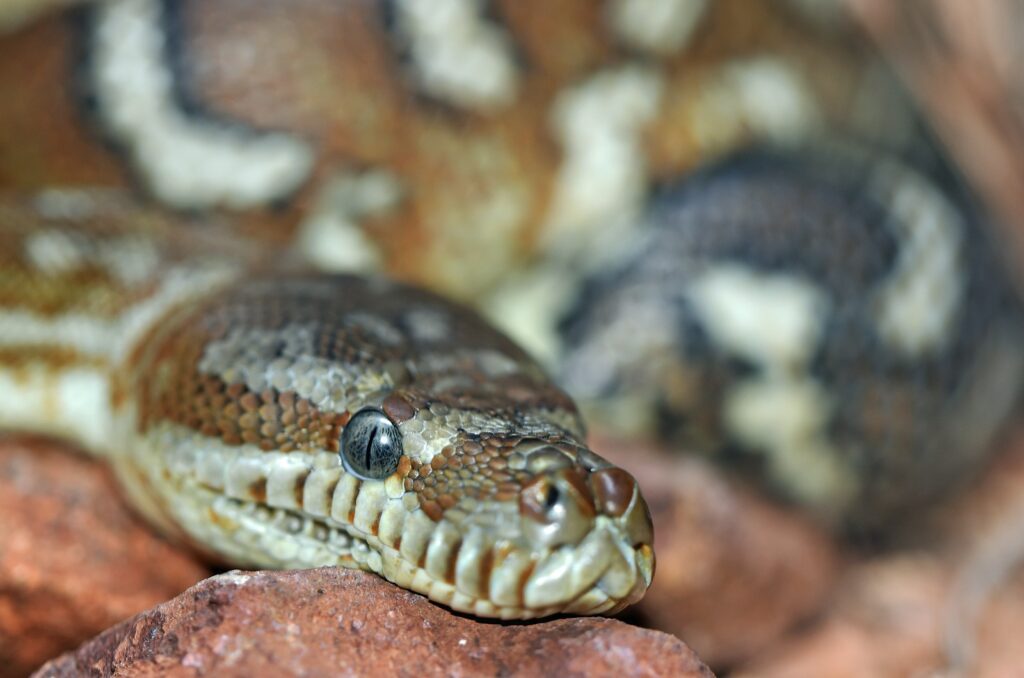
Ball pythons (Python regius) have earned their place as perhaps the most popular pet snake species worldwide, beloved for their docile temperament and manageable size reaching approximately 3-5 feet at maturity. Native to West and Central Africa, these snakes derive their name from their defensive behavior of curling into a tight ball when stressed, tucking their head safely in the center of their coiled body. Their relatively slow metabolism means they eat less frequently than many other snake species, typically requiring a appropriately-sized rodent meal every 1-2 weeks for adults. With proper care, ball pythons can live 20-30 years in captivity, making them a long-term commitment for owners who appreciate their calm demeanor and the incredible variety of color morphs available, from classic wild-type patterns to striking albinos, pieds, and designer combinations that can fetch thousands of dollars in the specialty market.
Corn Snakes: The Colorful Beginners
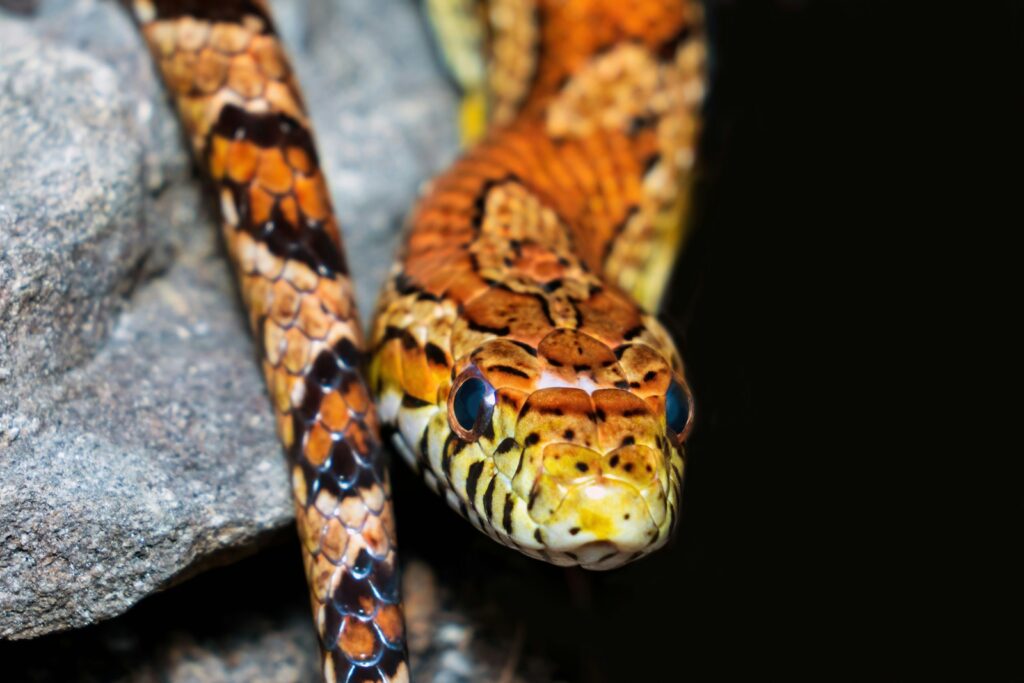
Corn snakes (Pantherophis guttatus) have firmly established themselves as the quintessential starter snake for novice reptile enthusiasts due to their hardy nature, manageable size, and generally agreeable personality. These North American natives typically grow to 3-5 feet in length and boast a stunning array of color variations that have been selectively bred in captivity, ranging from classic orange-red specimens with distinctive saddle markings to amelanistic (albino), caramel, lavender, and countless other designer morphs. Their common name derives from their historical presence around grain stores and corn cribs where they hunted rodents, a behavior that makes them beneficial in agricultural settings. Corn snakes are renowned for their excellent feeding response, rarely refusing meals, and their relatively straightforward care requirements make them ideal for beginners while still remaining beloved by experienced keepers who appreciate their active, curious nature and striking appearance.
King Snakes: The Reptile Royalty
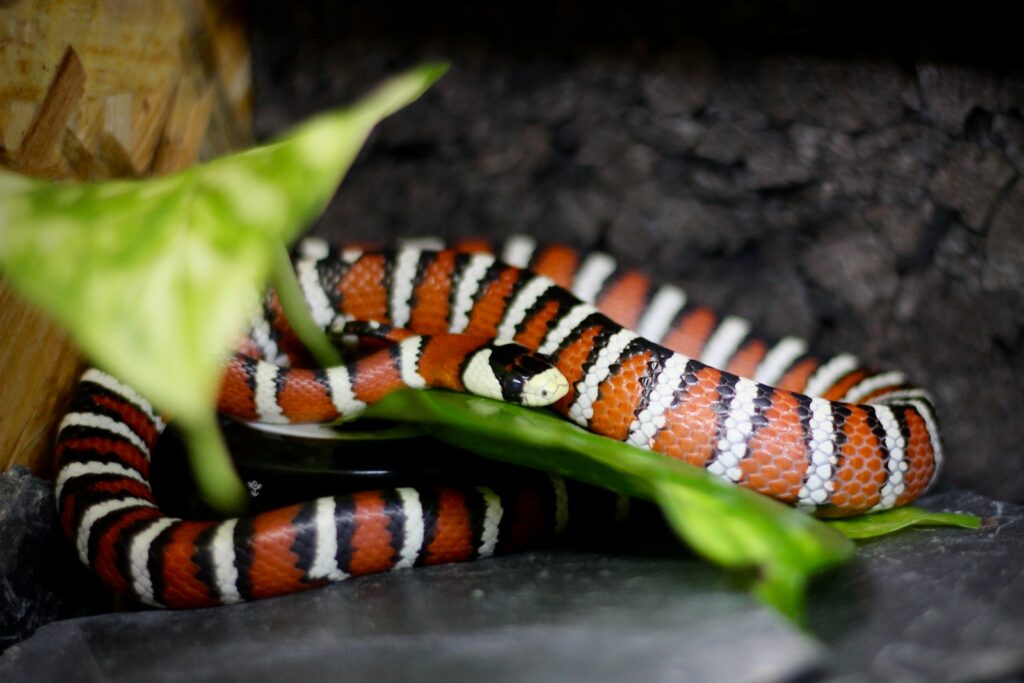
King snakes (Lampropeltis spp.) have earned their regal name through their remarkable ability to prey upon other snakes, including venomous species, thanks to their natural immunity to certain snake venoms. These powerful constrictors display some of the most striking color patterns in the snake world, with the California kingsnake showcasing dramatic black and white bands or stripes, while the scarlet kingsnake mimics the warning coloration of the venomous coral snake with vibrant red, black, and yellow rings. Native to diverse habitats across North America, kingsnakes typically reach lengths of 3-6 feet and are prized in captivity for their generally docile temperament, although some individuals may be more defensive when initially handled. Their robust constitution and excellent feeding response make them relatively straightforward to maintain, though new owners should be prepared for their impressive strength and occasional musk release when stressed, a defensive adaptation that produces a distinctly unpleasant odor.
Milk Snakes: The Coral Mimics
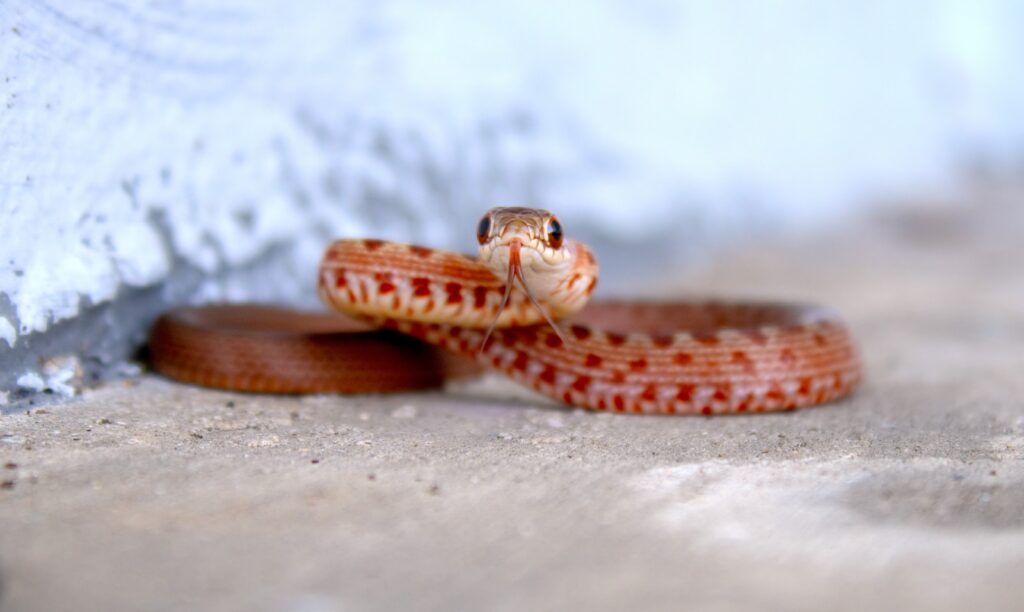
Milk snakes (Lampropeltis triangulum), close relatives of kingsnakes, are beloved in the pet trade for their spectacular tricolor patterns that often mimic the dangerous coral snake—a perfect example of Batesian mimicry in nature. The old folk tale that these snakes would drink milk from cows gave rise to their common name, though this is entirely mythical as they are actually efficient rodent predators. Their moderate size, typically 3-5 feet at maturity, makes them manageable for most keepers, while their generally calm temperament once acclimated to handling makes them suitable for responsible beginners and experienced enthusiasts alike. Milk snakes comprise numerous subspecies across North and Central America, each with distinctive color variations, though the most popular in captivity include the eastern milk snake, Pueblan milk snake, and the strikingly colorful Honduran milk snake with its vibrant red, black, and often yellow or white banding patterns.
Garter Snakes: The Wild-Caught Favorites
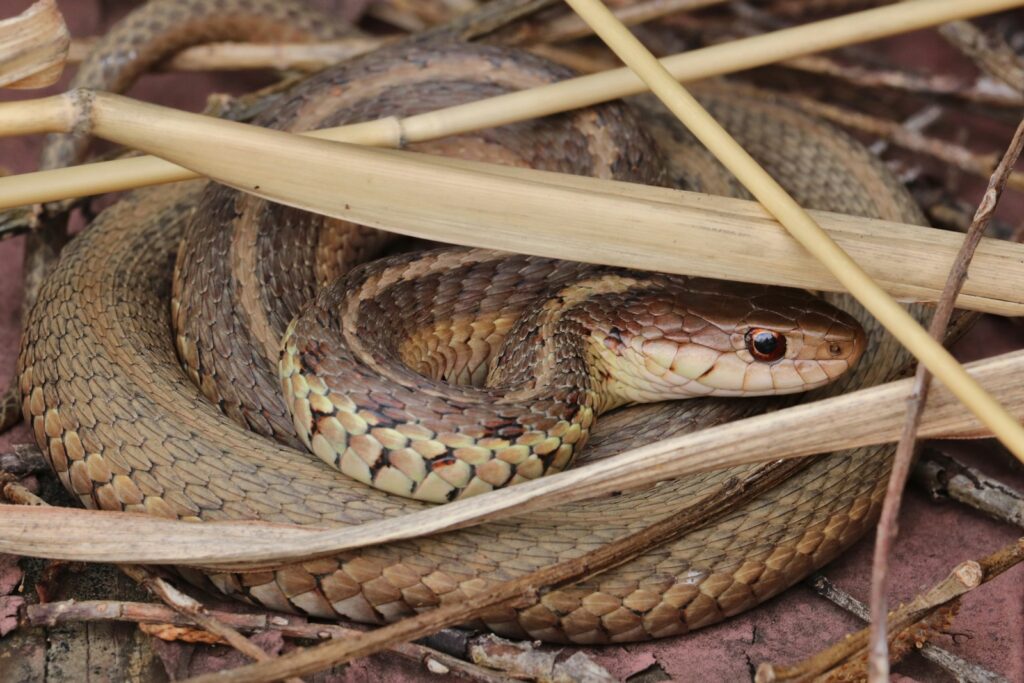
Garter snakes (Thamnophis spp.) represent some of North America’s most commonly encountered wild snakes and have found their way into many reptile collections as fascinating, active pets with distinctive personalities. Unlike many other pet snake species, garters exhibit diurnal (daytime) activity patterns, making them more visible and interactive during human waking hours, which many keepers find appealing. These relatively small snakes, typically reaching 2-3 feet in length, are among the few snake species capable of eating a varied diet beyond rodents, readily accepting fish, earthworms, and amphibians in captivity, though captive-bred specimens often transition well to frozen-thawed fish and rodent prey. While historically considered primarily wild-caught specimens with associated parasite concerns, captive breeding programs have increasingly produced hardier, more docile animals available in striking color morphs, including albinos, melanistics (black), and specimens with enhanced blue, red, or orange patterning that highlight their natural beauty.
Boa Constrictors: The Impressive Classics
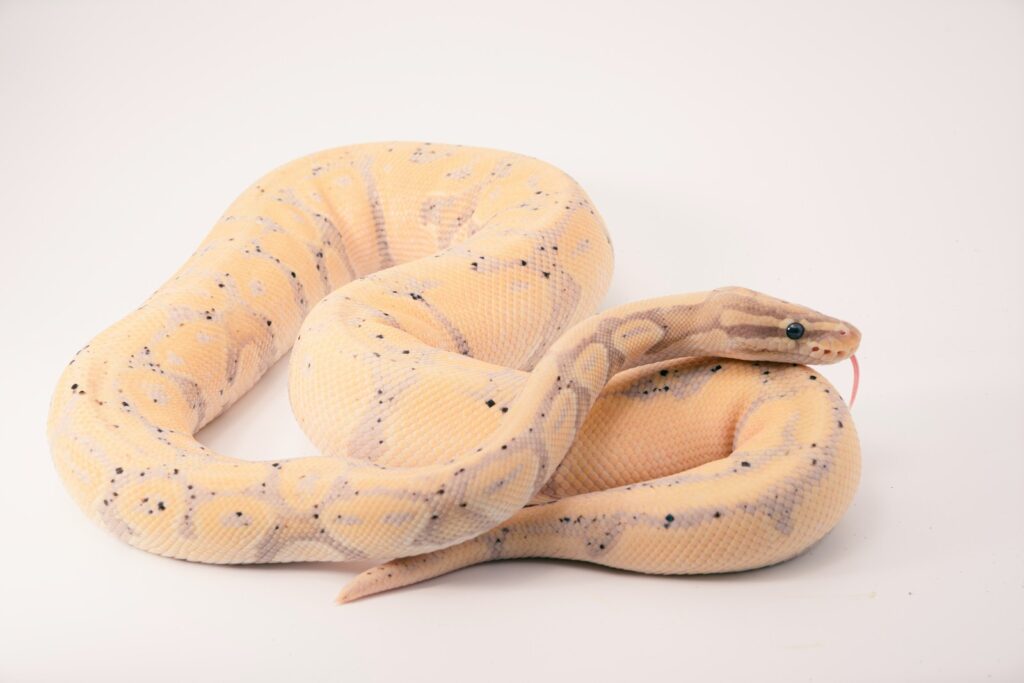
Boa constrictors (Boa imperator and related species) represent the iconic image many people envision when thinking of pet snakes, with their impressive size, distinctive saddle-pattern markings, and powerful muscular bodies. Native to Central and South America, captive boas typically reach 6-10 feet in length, with females growing substantially larger than males, making proper housing considerations essential for prospective owners. Despite their intimidating size, properly socialized boas often develop into surprisingly gentle giants, becoming calm and tolerant of handling once acclimated to their keepers. Their relatively slow metabolism and growth rate translates to less frequent feeding requirements compared to many smaller species, with adult specimens often eating only every 2-4 weeks, though their meals are correspondingly larger. Numerous color morphs have been developed in captivity, including the striking hypomelanistic (reduced black pigment), albino, and motley patterns, though many enthusiasts still appreciate the classic wild-type appearance with its rich browns, tans, and subtle red highlights that have made these snakes captivating to humans for generations.
Hognose Snakes: The Dramatic Performers
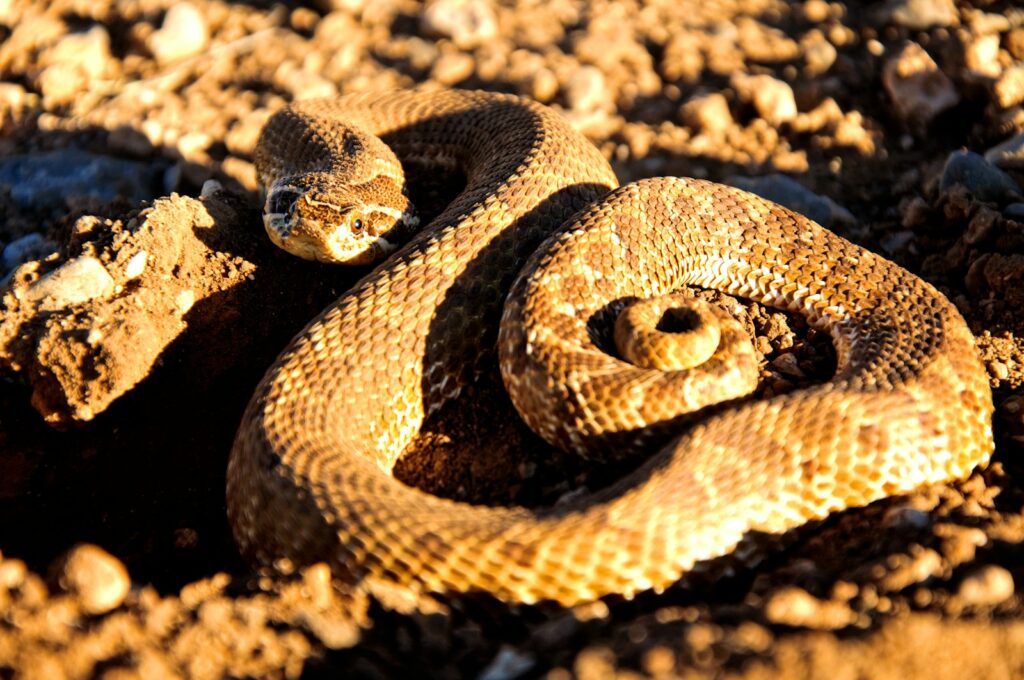
Western hognose snakes (Heterodon nasicus) have charmed their way into the reptile hobby with their distinctive upturned snouts, stocky bodies, and theatrical defensive displays that rarely translate to actual aggression. When threatened, these remarkable snakes may flatten their necks cobra-style, hiss loudly, strike with closed mouth, and even perform an elaborate death-feigning routine where they roll onto their backs with mouth agape and tongue lolling—a performance so convincing they may even release a musky odor and blood from their mouth to complete the illusion. Despite this dramatic behavior, hognoses rarely bite defensively and are considered among the most characterful pet snakes available, with their natural curiosity and active daytime behavior making them entertaining to observe. At a manageable adult size of 2-3 feet and with distinctive blotched patterns available in various color morphs, including albino, axanthic (lacking yellow pigment), and extreme red variations, these snakes have become increasingly popular despite being mildly rear-fanged with venom used for subduing their natural prey of toads and other amphibians (though this poses virtually no medical significance to humans beyond possible mild allergic reactions in sensitive individuals).
Carpet Pythons: The Arboreal Beauties
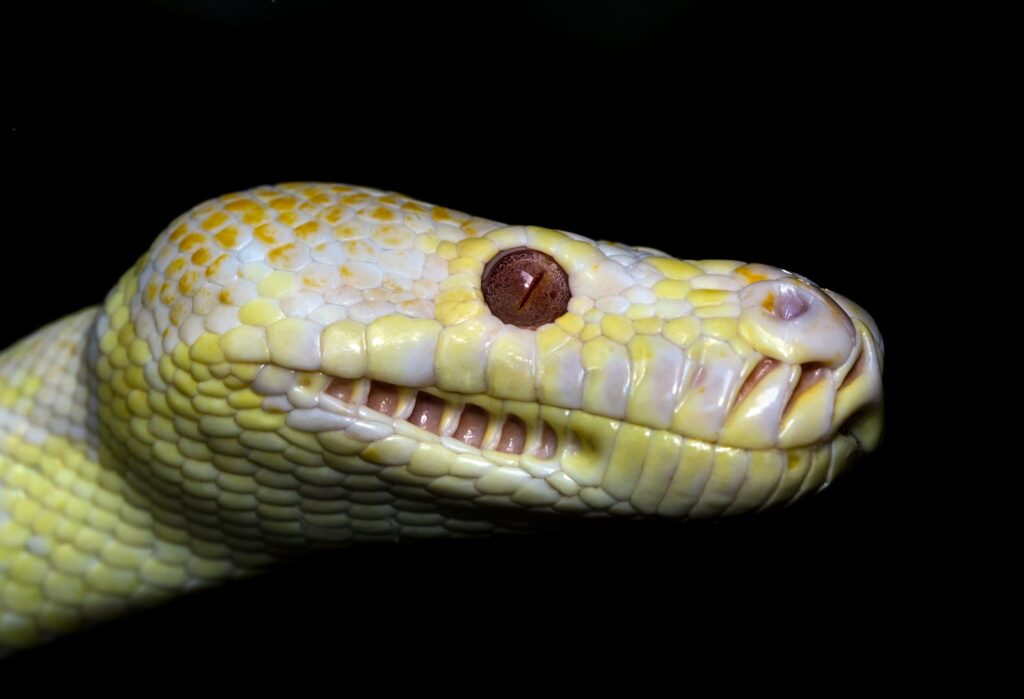
Carpet pythons (Morelia spilota subspecies) from Australia and New Guinea have established themselves as highly regarded pets for intermediate snake keepers seeking an impressive, semi-arboreal species with striking appearance and manageable care requirements. These muscular constrictors typically reach 6-9 feet in length, with females growing larger, and display remarkable geographic variation in their wild patterns, from the diamond-patterned coastal specimens to the distinctive jungle and Irian Jaya subspecies with their bold, contrasting markings. Their natural climbing behaviors make carpet pythons fascinating to observe when provided with appropriate vertical space and branches, where they’ll regularly rest in elevated positions surveying their surroundings. While young specimens may be somewhat defensive, properly socialized carpet pythons typically mature into magnificent display animals that tolerate handling well, though their powerful musculature and excellent feeding response demand respectful handling techniques. Their increasing popularity has led to the development of striking captive-bred color morphs, including the caramel, jaguar, and zebra patterns that highlight the natural beauty of this adaptable python species.
Sand Boas: The Desert Burrowers
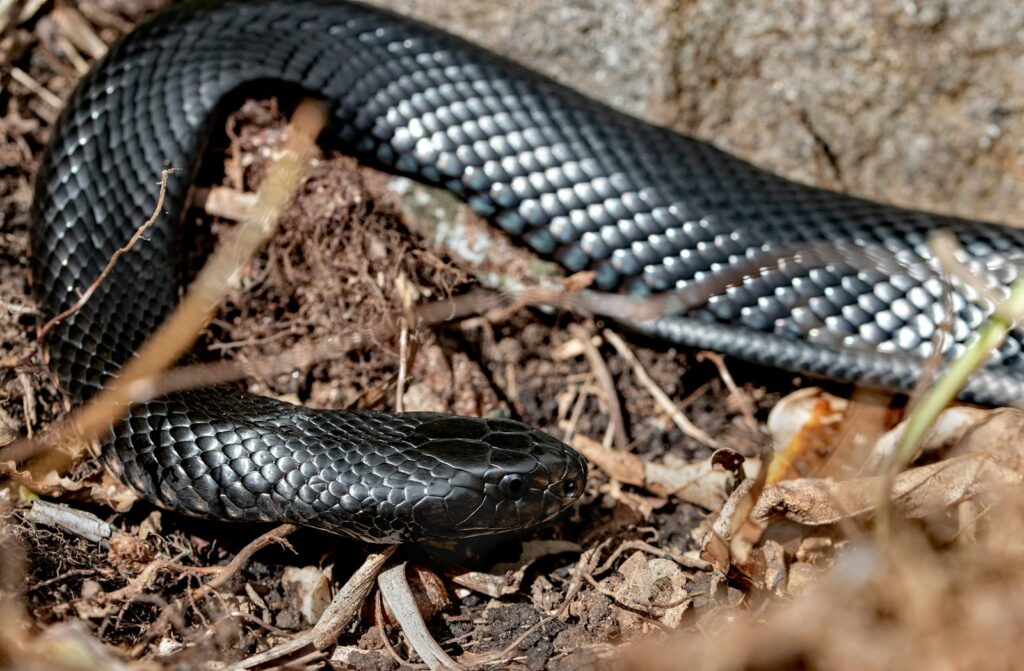
Sand boas (Eryx species) have carved out a niche in the reptile hobby as the perfect “pocket-sized” python alternatives, rarely exceeding 3 feet in length and often considerably smaller. The Kenyan sand boa (Eryx colubrinus) represents the most commonly kept species, beloved for its manageable size, docile temperament, and distinctive appearance featuring a thick, cylindrical body with small eyes and stubby tail adapted for their natural burrowing lifestyle. These snakes spend much of their time beneath the substrate in their enclosures, with only their eyes and nostrils visible as they lie in ambush for prey, a fascinating natural behavior that makes them entertaining to observe despite their relatively secretive nature. Their small size means relatively simple housing requirements, with even adult specimens thriving in modestly sized enclosures provided with several inches of appropriate substrate for burrowing. Available in several attractive color morphs including albino, anery (lacking red pigment), and paradox patterns, these sturdy little boas make excellent pets for space-conscious keepers who appreciate their unique appearance and behaviors.
Children’s Pythons: The Pocket-Sized Constrictors
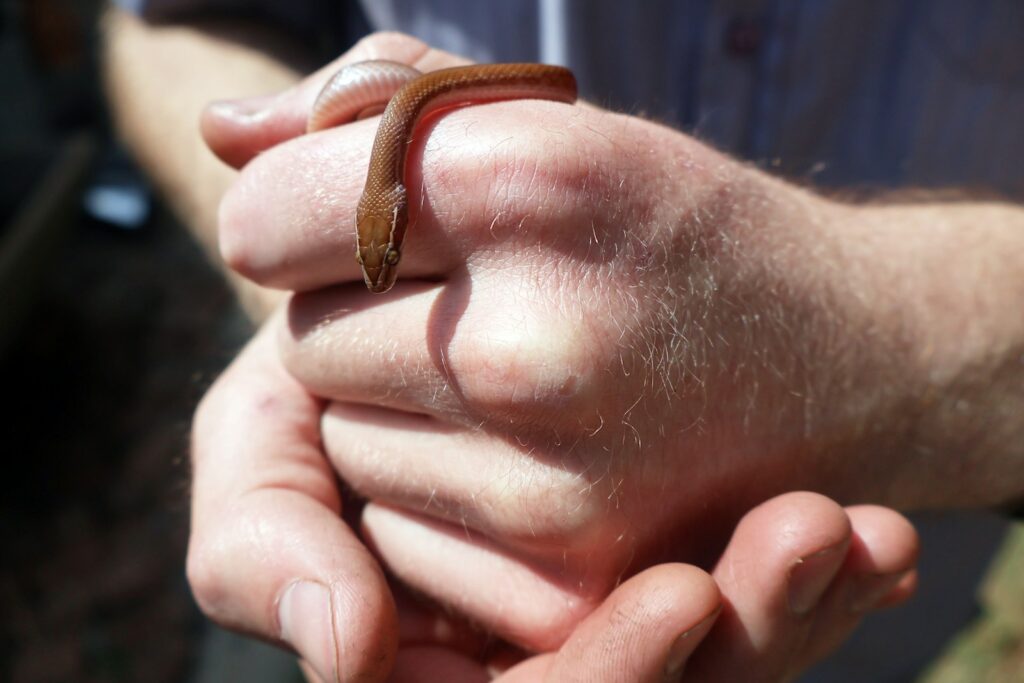
Children’s pythons (Antaresia childreni) and their close relatives in the Antaresia genus represent some of Australia’s smallest python species, maxing out at approximately 3-4 feet in length, making them ideal for keepers with space constraints or those seeking a less intimidating constrictor. Despite their name, which honors naturalist John George Children rather than suggesting suitability for young keepers, these small pythons do indeed make excellent reptiles for responsible beginners due to their generally calm temperament, hardy nature, and straightforward care requirements. Their natural habitat in rocky regions of northern Australia has equipped them with excellent climbing abilities and a curious, active disposition that makes them engaging to observe when provided with appropriate branches and hiding spots. Children’s pythons typically display attractive tan to reddish-brown coloration with subtle darker blotching, though captive breeding has produced several appealing variants including the caramel and granite morphs that enhance their natural patterns.
Rosy Boas: The Desert Gems
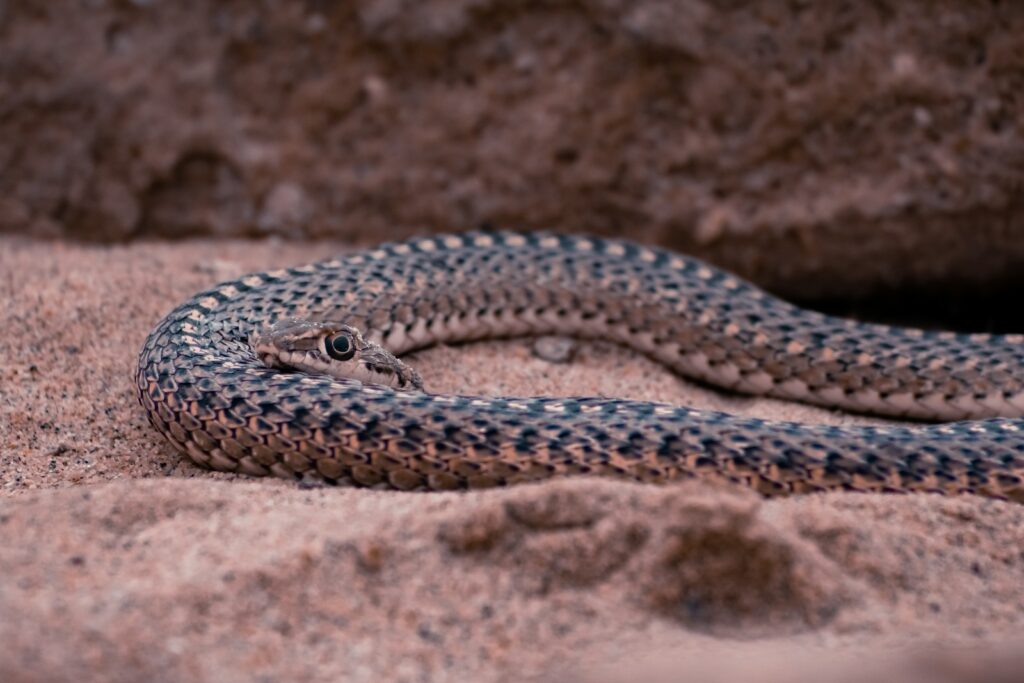
Rosy boas (Lichanura trivirgata) represent one of North America’s most charming native constrictors, beloved for their docile temperament, manageable size, and the distinctive three-striped pattern that runs the length of their stocky bodies. Native to the deserts of the southwestern United States and northern Mexico, these hardy snakes typically reach only 2-4 feet in length, making them suitable for more modest enclosures compared to many popular constrictors. Their calm, slow-moving nature makes them excellent handling snakes, rarely displaying defensive behaviors and generally adapting well to captive life when provided with appropriate dry conditions and moderate temperatures. Rosy boas exist in several naturally occurring locality variants with distinctive coloration, from the high-contrast coastal specimens with their dark chocolate stripes on light backgrounds to the softer-colored Mexican localities with subtle patterning in oranges and tans, giving collectors various naturally beautiful options without the need for designer morphs (though albino and other mutations are available in captivity).
Rainbow Boas: The Iridescent Showstoppers
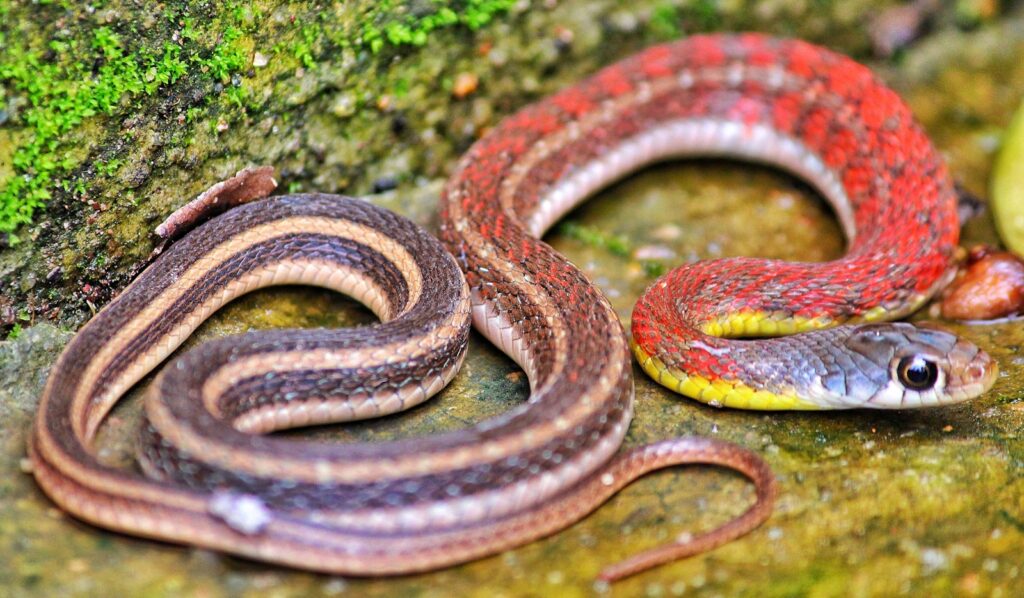
Brazilian rainbow boas (Epicrates cenchria) have captivated snake enthusiasts with their remarkable iridescent scales that shimmer with rainbow-like reflections under proper lighting, creating one of the most visually stunning displays in the reptile world. This medium-sized constrictor, typically reaching 5-7 feet in length, combines this spectacular appearance with a relatively manageable size and increasingly docile captive temperament thanks to dedicated breeding programs. Their natural habitat in South American rainforests translates to specific humidity requirements in captivity, with these snakes requiring careful attention to maintaining appropriate moisture levels to ensure proper shedding and respiratory health. Young rainbow boas may be somewhat defensive, but with regular, gentle handling, many specimens develop into calm adults that tolerate interaction well while remaining impressive display animals even when not handled. Besides the Brazilian species, the Colombian rainbow boa offers a slightly smaller alternative with equally impressive iridescence and similar care requirements, providing options for keepers enchanted by these remarkable serpents.
Responsible Snake Ownership Considerations
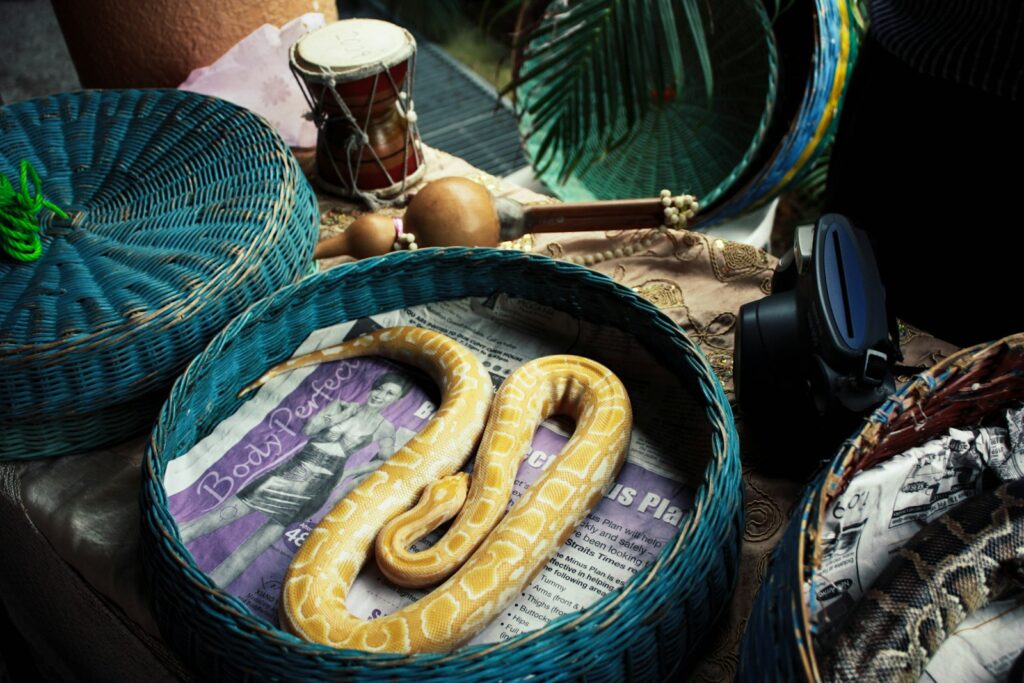
Prospective snake owners must understand that these fascinating creatures require specific, non-negotiable care parameters to thrive in captivity, including appropriate temperature gradients, humidity levels, and secure enclosures designed to prevent escape. Each species has evolved for specific ecological niches, meaning their captive care must reflect these natural adaptations, from the high humidity needs of rainbow boas to the arid conditions preferred by sand boas. Potential keepers should thoroughly research their chosen species before acquisition, understanding not only basic care requirements but also expected lifespan, which can extend 20-30+ years for many popular species, representing a significant long-term commitment. Additionally, responsible ownership includes planning for appropriate food sources (typically frozen-thawed rodents), understanding local laws regulating reptile keeping, and having access to exotic animal veterinarians capable of treating reptiles when health concerns arise. Ethical acquisition from reputable breeders rather than wild-caught specimens not only provides healthier animals but also supports conservation efforts by reducing impact on wild populations of these remarkable creatures.
The world of non-venomous pet snakes offers remarkable diversity, from the pocket-sized sand boa to the impressive boa constrictor, catering to various experience levels and housing capabilities. These fascinating reptiles continue to challenge misconceptions about snakes, with many owners discovering intelligent, responsive animals capable of recognizing their keepers and displaying unique personalities far removed from their undeserved fearsome reputation. Whether you’re drawn to the rainbow shimmer of Brazilian boas, the docile temperament of ball pythons, or the vibrant patterns of corn snakes, responsible reptile keeping starts with education, commitment, and respect for these remarkable evolutionary marvels. With proper care, these slithering companions can provide decades of fascination and the distinctive joy that comes from successfully caring for and connecting with nature’s more misunderstood creatures.

